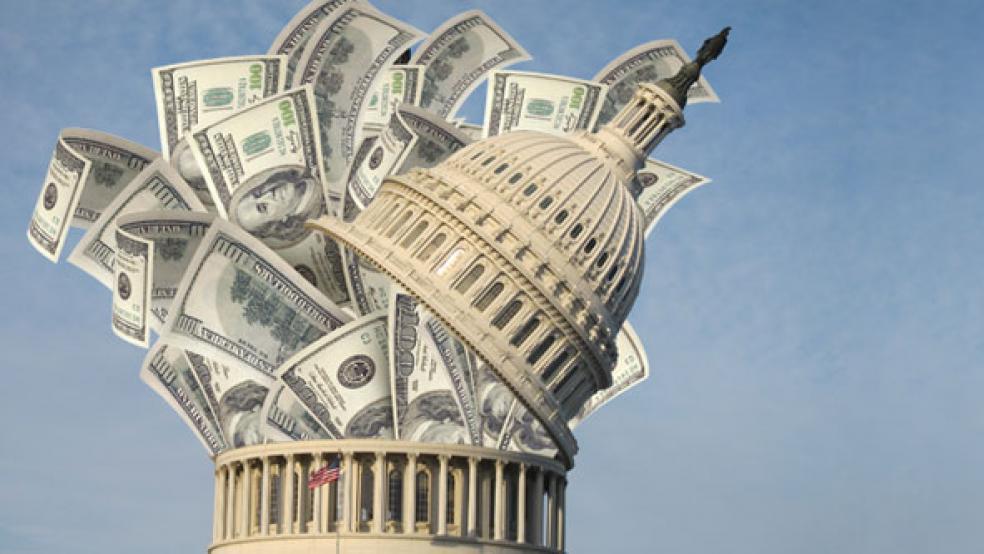By the end of the current fiscal year, the federal budget deficit will rise to $534 billion – about $100 billion more than last year’s shortfall. Then, as a new Democratic or Republican president takes control, the deficit will begin a steady upward march unless the new administration and Congress take steps to slow the rise.
By 2022, the annual budget deficits will once again exceed $1 trillion a year – pretty much where they were when President Obama first took over seven years ago in the depths of the Great Recession – and will top $1.3 trillion by 2026, according to the Congressional Budget Office.
Related: CBO Warns Congressional Spending Is Driving Up the Deficit
By that time, the deficit will be larger as a share of the Gross Domestic Product than anytime over the past half century. Publicly held debt also would rise significantly and would reach the equivalent of 86 percent of the overall economy by 2026.
Here’s where you come in. Our friends at the Brookings Institution, together with the Hutchins Center at Brookings and the Woodrow Wilson Center designed a game to challenge you to find a combination of policies that match your values and priorities while setting the federal budget on a sustainable course. They call it “The Fiscal Ship,” and have generously allowed us to present it Fiscal Times readers.
So go ahead, be like Kevin Kline in the movie Dave and cut the budget! Have fun.





